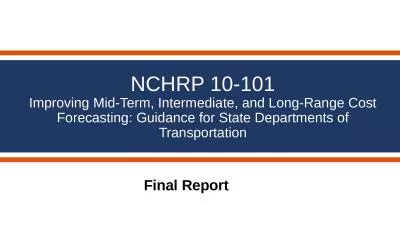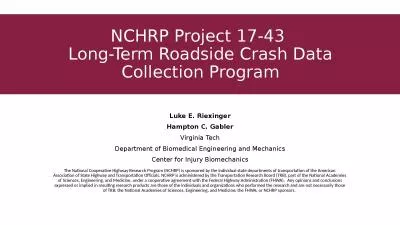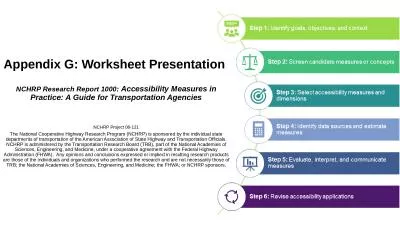PPT-NCHRP 17-59: Safety Impacts of Intersection Sight
Author : davies | Published Date : 2023-11-04
Distance Presented by Insert Name Overview NCHRP 1759 Background and Objectives Research Methods Research Findings Models Application Conclusions Project Background
Presentation Embed Code
Download Presentation
Download Presentation The PPT/PDF document "NCHRP 17-59: Safety Impacts of Intersect..." is the property of its rightful owner. Permission is granted to download and print the materials on this website for personal, non-commercial use only, and to display it on your personal computer provided you do not modify the materials and that you retain all copyright notices contained in the materials. By downloading content from our website, you accept the terms of this agreement.
NCHRP 17-59: Safety Impacts of Intersection Sight: Transcript
Download Rules Of Document
"NCHRP 17-59: Safety Impacts of Intersection Sight"The content belongs to its owner. You may download and print it for personal use, without modification, and keep all copyright notices. By downloading, you agree to these terms.
Related Documents

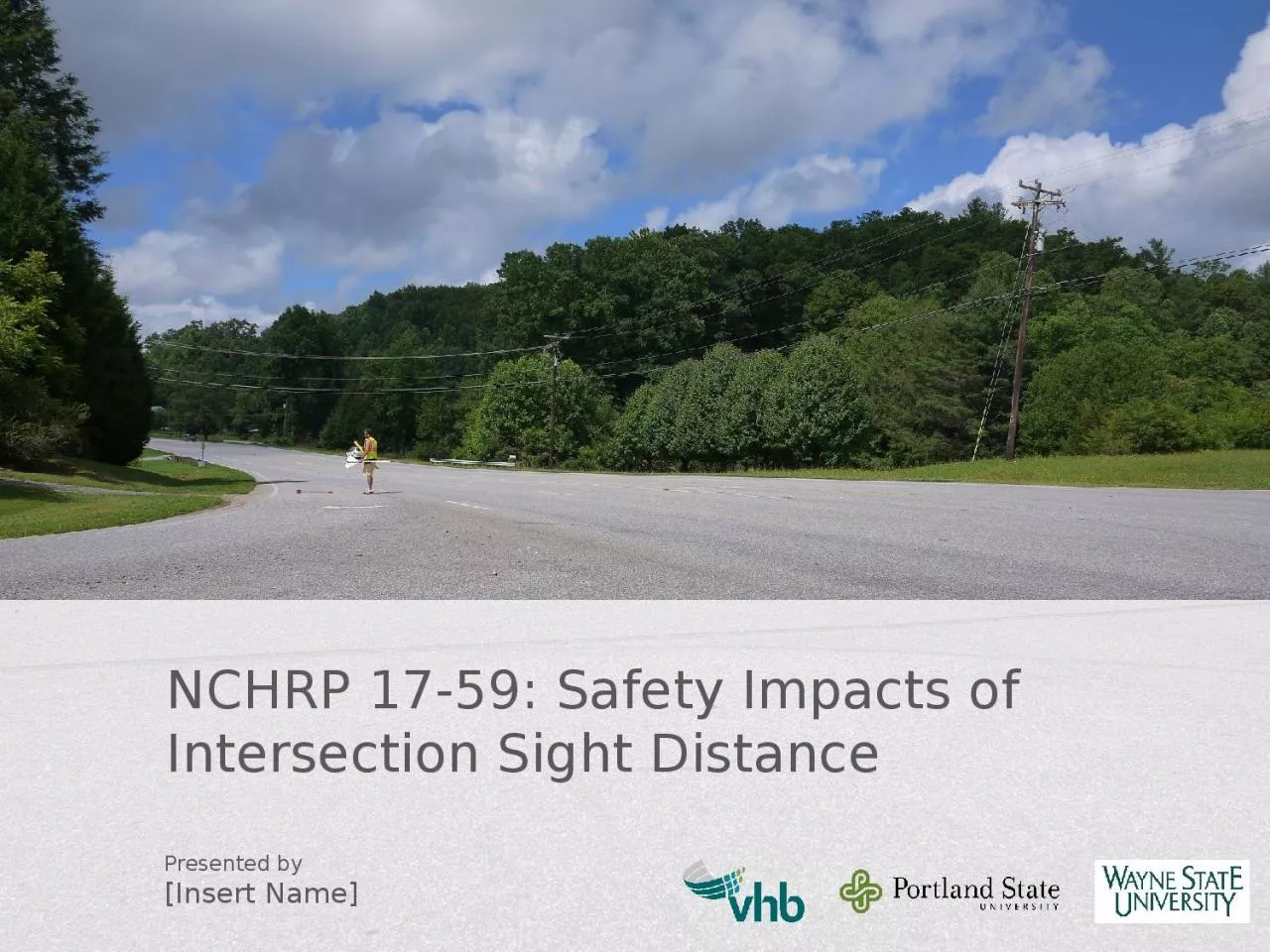
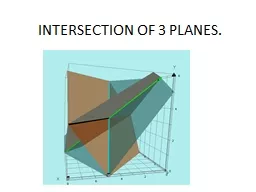
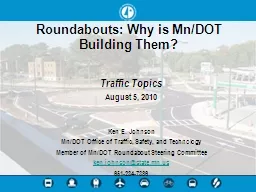
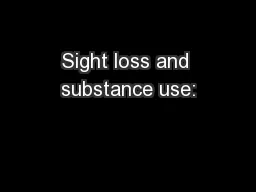
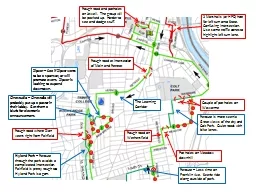
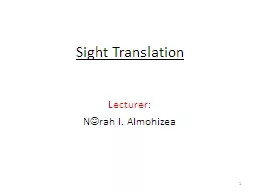


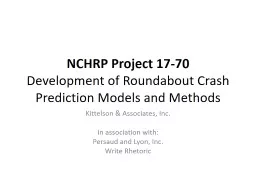
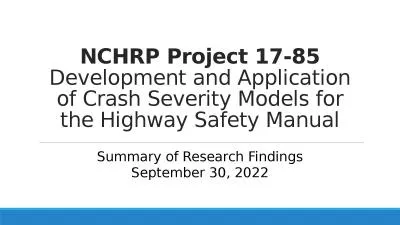
![[DOWNLOAD] 300 Must Know Sight Words Activity Workbook: Learn, Trace Practice the 300](https://thumbs.docslides.com/1008095/download-300-must-know-sight-words-activity-workbook-learn-trace-practice-the-300-most-common-high-frequency-words-for-kids-learning-to-read-and-write-dolch-sight-words-fry-sight-words.jpg)
